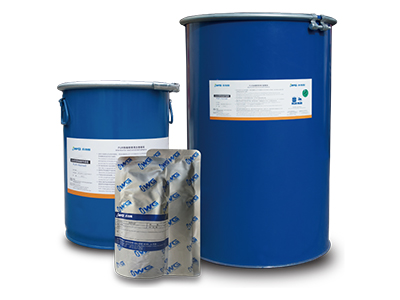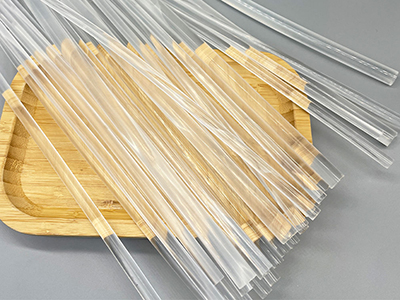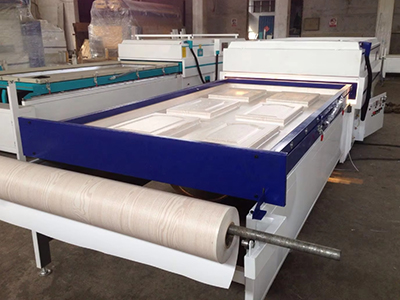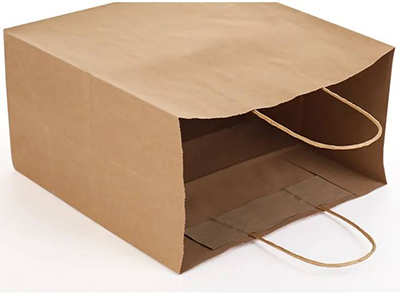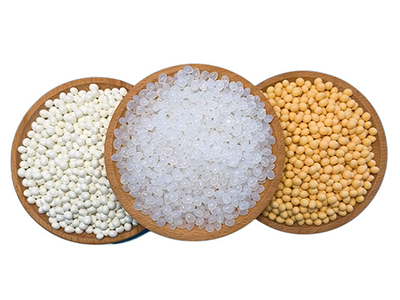Hot-melt adhesive is a big category, PUR hot-melt adhesive is one of them, most hot-melt adhesives are heat-operated, can be reheated after bonding, and are reversible, while winlong-PUR hot-melt adhesive is wet Gas-reactive hot-melt adhesive, heated operation, will react with the moisture in the air after bonding, and it will be irreversible after the reaction (that is, it will not melt when heated). So PUR hot melt adhesive is more resistant to high temperature and low temperature.
What is the difference between PUR hot melt adhesive and EVA hot melt adhesive?
PUR hot melt adhesives can be used in: wood, construction, industrial filters, automotive interiors and assemblies, textiles, packaging, electronics, and so on.
The difference between PUR and EVA:
1. PUR is polyurethane, and EVA is ethylene vinyl acetate.
2. The reaction mechanism of PUR is moisture curing, which is an irreversible reaction. This irreversible reaction can provide better strength and heat resistance. EVA is physically bonded and will remelt after heating, which is reversible.
3. The packaging of PUR hot melt adhesive is sealed, and the application of glue requires professional equipment that can be sealed. EVA is not required.

PUR is a moisture curing reactive polyurethane hot melt adhesive. The main component is isocyanate-terminated polyurethane prepolymer. PUR has adjustable adhesion and toughness (elasticity) and has excellent bond strength, temperature resistance, chemical resistance and aging resistance. It has become one of the important varieties in the adhesive industry
EVA hot melt adhesive is a solvent-free, moisture-free, 100% solid-melt polymer. It is solid at room temperature. When heated and melted to a certain extent, it becomes a fluid and viscous liquid adhesive. It is a light brown translucent body or white after melting.
Compared with EVA hot melt adhesives, water-based and solvent-based adhesives, PUR hot-melt adhesives have the following advantages: no solvent, one-component type. Unlike solvent-based adhesives, which require a drying process, there is no environmental pollution and poisoning problems due to solvents, and it meets environmental protection requirements. The bonding process is simple, and sizing methods such as roller coating or spraying can be used.
Operability is good. The two adherends can be fixed in a short time, so the assembly can be quickly transferred to the next processing procedure to improve work efficiency. Excellent heat resistance, cold resistance, water vapor resistance, chemical resistance and solvent resistance. Compared with the original hot-melt adhesive, due to the cross-linked structure of the reactive hot-melt adhesive, the listed properties and bonding strength are greatly improved.


